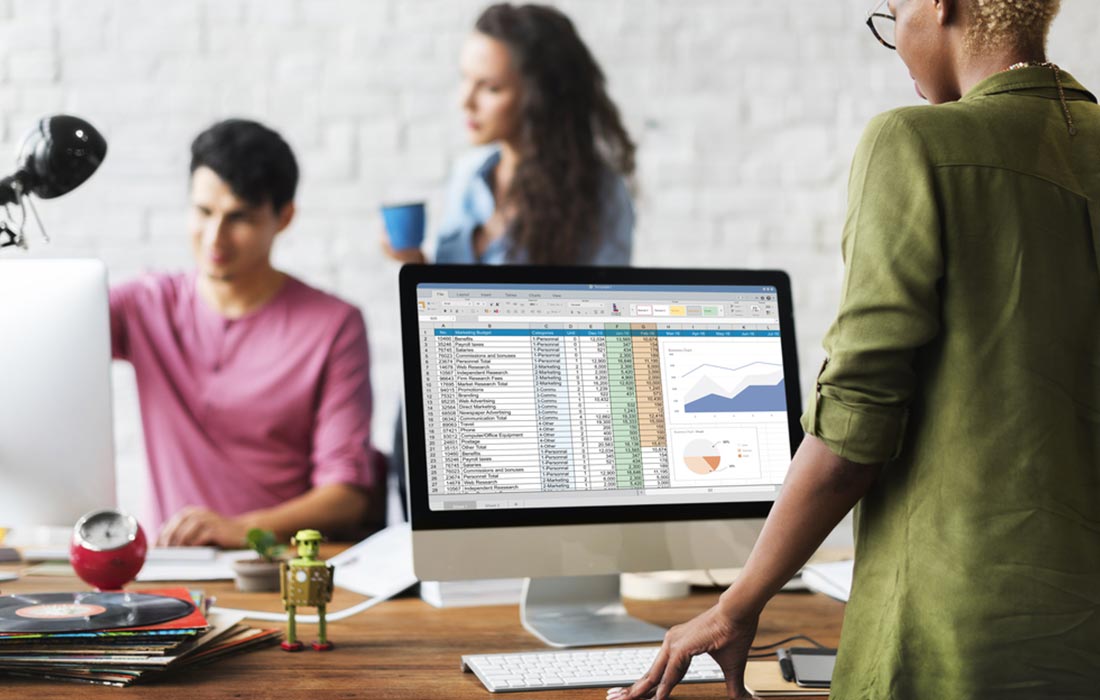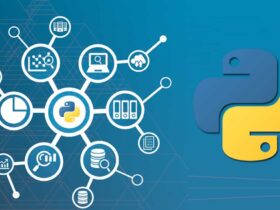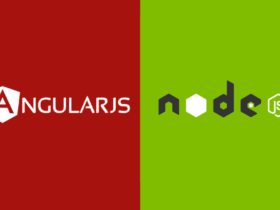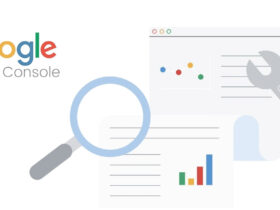Data analytics has become a core component in every industry. Due to a current trend of increasing use of technology in everyday life, there is an ever-increasing demand for data analytics tools that have simplified and efficient ways of extracting information from data. However, the tools used vary greatly. With regard to data analytics, the ongoing competition among companies is to increase their utilization of data and information. I will discuss some innovative technology software trends in 2022 that are expected to transform how organizations work with data and ensure that you remain ahead of your competitors.
Importance of data analytics tools:
- Getting the data from various sources and putting it into a database can be challenging, especially if your data is on multiple databases. This is where data analytics tools come in handy. Data analytics tools enable you to pull your data into one database and then retrieve the insights you want most simply using their intuitive tools.
- Data analytics has been playing a vital role in achieving business growth. But more time is spent on planning, organizing, and analyzing data than actually making business decisions based on this data. As a result, many entities are turning to data analytics tools to improve the speed at which they make decisions.
8 Popular Data Analytics Tools in 2022
R and Python: Data Analytics Tools
The most widely used programming languages in the field of Data Analytics are R and Python.
- Python: Python is one of the most powerful tools for data analysis available to users today. It includes many software packages and libraries such as Pandas, Numpy, Matplotib etc. Because of its simplicity and adaptability, Python is the first programming language of choice for most programmers. Object-oriented programming is at the core of this high-level language. In contrast to R, Python is a high-level, interpreted language with a simple syntax and dynamic semantics used for statistical and analytical purposes.
- R: R is a widely used statistical modelling, visualization, and data analysis programming language. R makes it simple to manipulate data with packages like plyr, dplyr, and tidy. R has a complex learning curve and requires at least some coding skills. That being said, its syntax and consistency are excellent. When it comes to EDA (Exploratory Data Analysis), R comes out on top. R is supported by a significant community of programmers and developers.
3. SAS:
SAS is a commonly used statistical software package for data management and forecasting. SAS is a licensed program that requires a fee to use. A free university edition of SAS has been made available for students to study and utilize.
- The GUI is basic and simple. As a result, it is easy to learn. However, a solid understanding of the SAS programming language is a plus for using the tool effectively.
- The DATA phase of SAS (The data step where data is produced, imported, changed, merged, or computed) aids inefficient data processing and handling.
4. Tableau:
Tableau is a Business Intelligence (BI) tool for data analysts that allows them to see, analyze, and comprehend complex data. Because of its user-friendly interface (GUI), it’s easy to use and navigate.
- Tableau is a quick analytics tool that works with a wide range of data sources, including spreadsheets, databases, Hadoop, and public cloud services like Amazon Web Services.
- Its robust drag-and-drop functionality makes it accessible to everyone with a creative mind.
- Tableau is a market leader because it allows you to deal with real-time data rather than spending a lot of time wrangling it.
- With smart dashboards, data visualizations can be shared in a matter of seconds.
5. Microsoft Excel:
Microsoft Excel is a basic yet powerful tool for data collecting and analysis. It is a component of the Microsoft Office product package. It is freely available, frequently used, and easy to master for any beginner. Thus, Microsoft Excel can be seen as a great beginning point for data analysis.
- The Data Analytics Tool pack in Excel gives several solutions to undertake statistical data analysis.
- Excel is an excellent tool for storing data, creating visualizations, doing computations based on data, cleaning data, and reporting data intelligently.
- The charts and graphs in Excel enable a clear explanation and depiction of your data.
6. PowerBI: Data Analytics Tools
Microsoft’s Power BI is yet anothesr great business analytics tool. Microsoft Power BI lets you create real-time dynamic dashboards and reports from your data. Using data visualization and connectivity, you’ll be able to access and exchange information from a wide variety of sources.
If you need to analyze data, safeguard it across many platforms, and link it to other data sources, Power BI and Azure are two of the best options for doing so.
- There are three levels of Power BI: Desktop, Pro, and Premium. The desktop version is free for users, while the Pro and Premium editions are paid.
- Your data can be visualized, connected to various data sources, and shared throughout the company.
- Power BI interfaces with other applications, such as Microsoft Excel, so that you may come up to speed fast and work with your existing solutions without difficulty.
7. QlikView:
QlikView is a self-service BI, data visualization, and analytics application. Using tools like data Integration, data literacy, and data analytics assist companies in getting more out of their data. More than half a million people use QlikView throughout the world.
- QlikView may also be used to detect patterns and facts that will help you make the best business decisions.
- It allows for speedy decision-making and a variety of options for ad hoc searches.
- It responds instantly and does not impose any data restrictions on the volume of information it may hold.
8. Apache Spark
Apache Spark, an open-source cluster computing platform used for real-time processing, is one of the most successful projects of the Apache Software Foundation. It has a strong open-source community and a programming interface, in addition to being the most active Apache project at present. This interface guarantees fault tolerance and implicit parallelism of data.
- In terms of performance, it’s excellent for both batch and streaming data.
- Spark is simple to learn and can be used interactively from Scala, Python, R, and SQL shells.
- If you want to execute Spark on any platform, you can use Hadoop or Apache Mesos. Various data sources are accessible through it.
So, which one is better to use?
When it comes to data analytics, there is no shortage of tools and software that can help you get your job done. From simple Excel spreadsheets to complicated machine learning platforms, various options are available to you. So how do you know which one is right for your needs?
The answer is simple: It depends on what kind of data analytics work you want to do. If you are looking for an all-in-one solution that will handle everything from cleaning and organizing your data to building predictive models, then an analytics platform like Hadoop may be right for you. On the other hand, if your focus is more on reporting or business intelligence, then a simpler tool like Tableau may be more appropriate.
Conclusion:
As the trend continues toward data-driven products and businesses, companies looking for new ways to gain insight into their business will look no further than their existing data. This will drive the demand for tools that specialize in this area. Eventually, all businesses will need to integrate a data analytics tool into their tech stack to remain competitive in the marketplace. The potential of predictive analytics means we are only at the beginning of what the technologies can do, so the future looks bright!





